Educational activities about snags, fish and water
Students from Tamworth, Peel, Oxley and Farrer Memorial Agricultural high schools in Tamworth joined WaterNSW scientists and aquatic experts, local Elders and the Walaaybaa Rangers at the site of two of 50 snags installed by WaterNSW in the Peel River.
WaterNSW and the Tamworth First Nations community co-designed the day to share knowledge with local students from First Nations people about caring for Country and water, and sharing knowledge about how WaterNSW uses science to monitor and understand the benefits from installing the snags.
The snags were installed as part of environmental offsets for the Chaffey Dam to Dungowan pipeline project in 2020. They provide a habitat for Murray Cod and Silver Perch, both nationally threatened species, as well as platypus, rakali and other aquatic life.

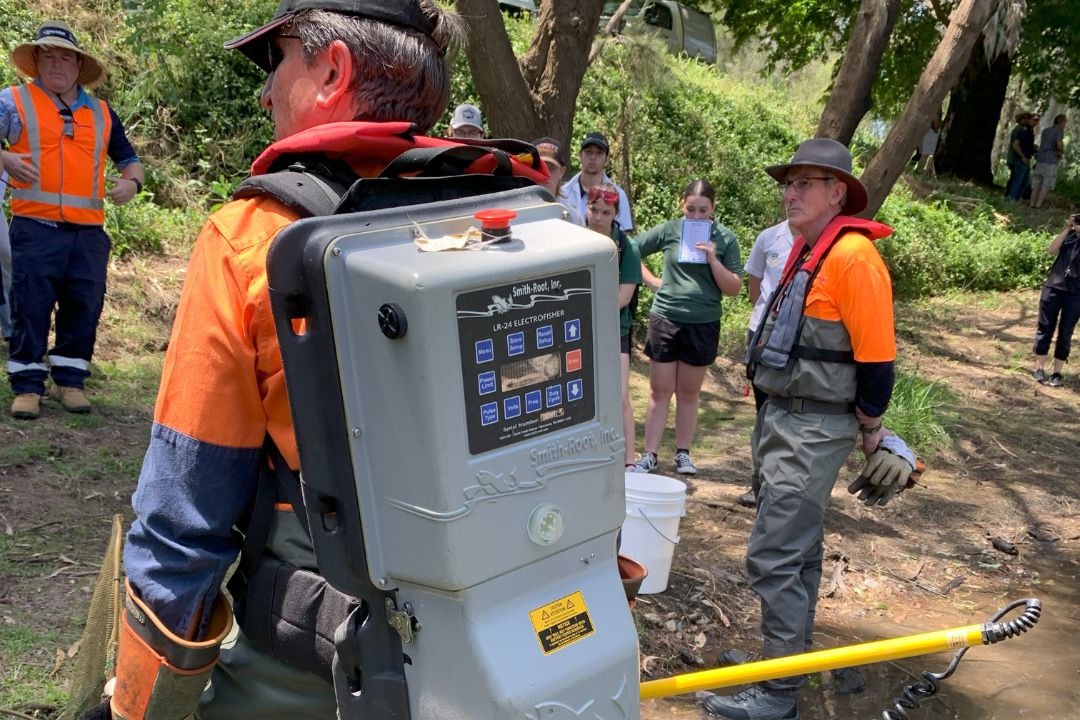
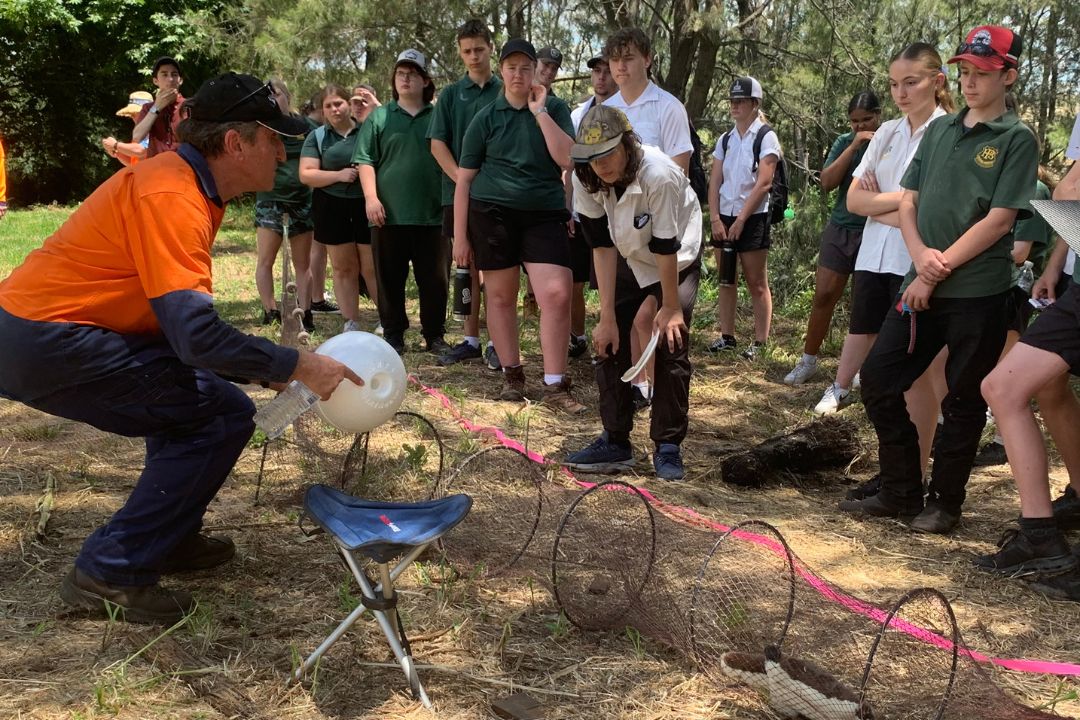
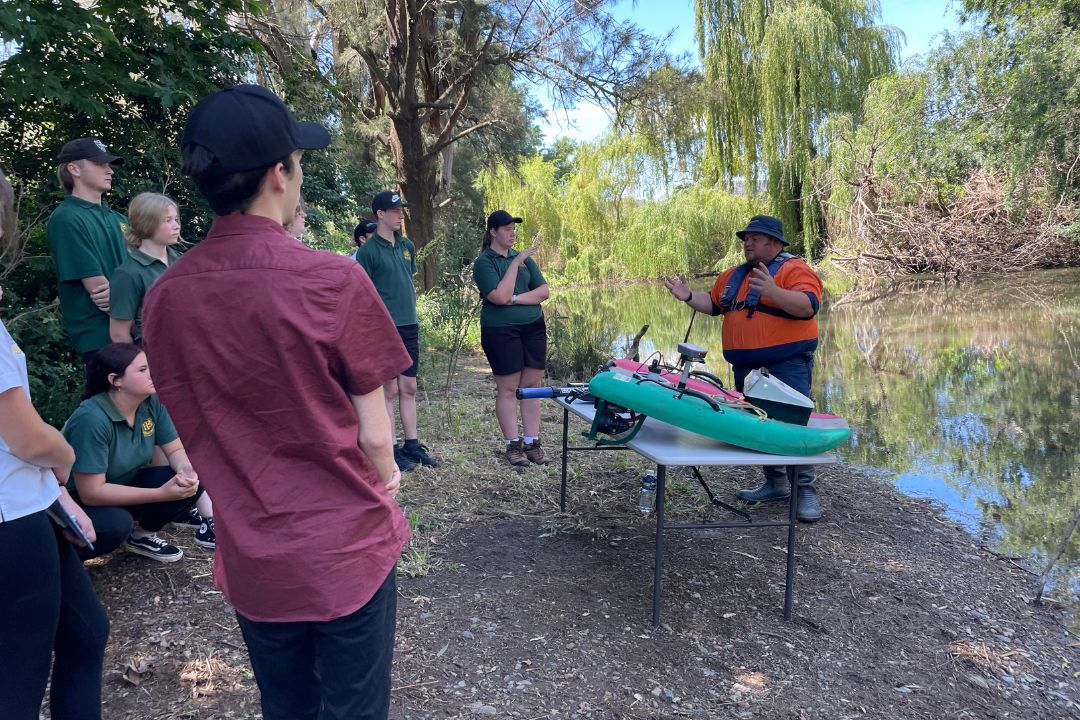
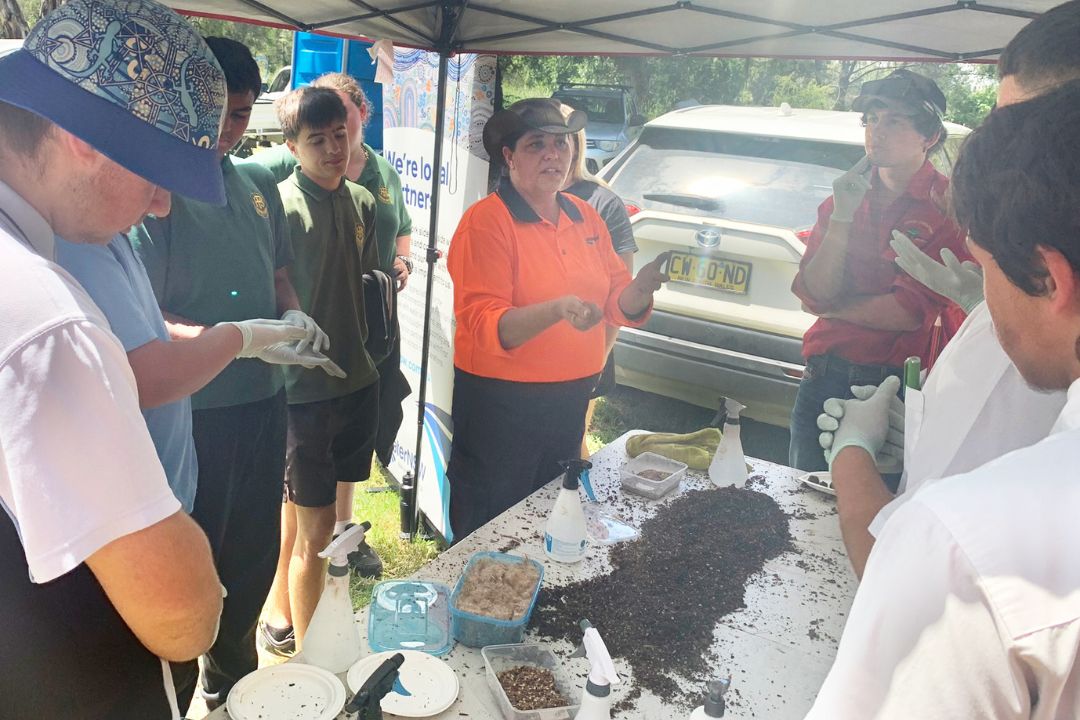
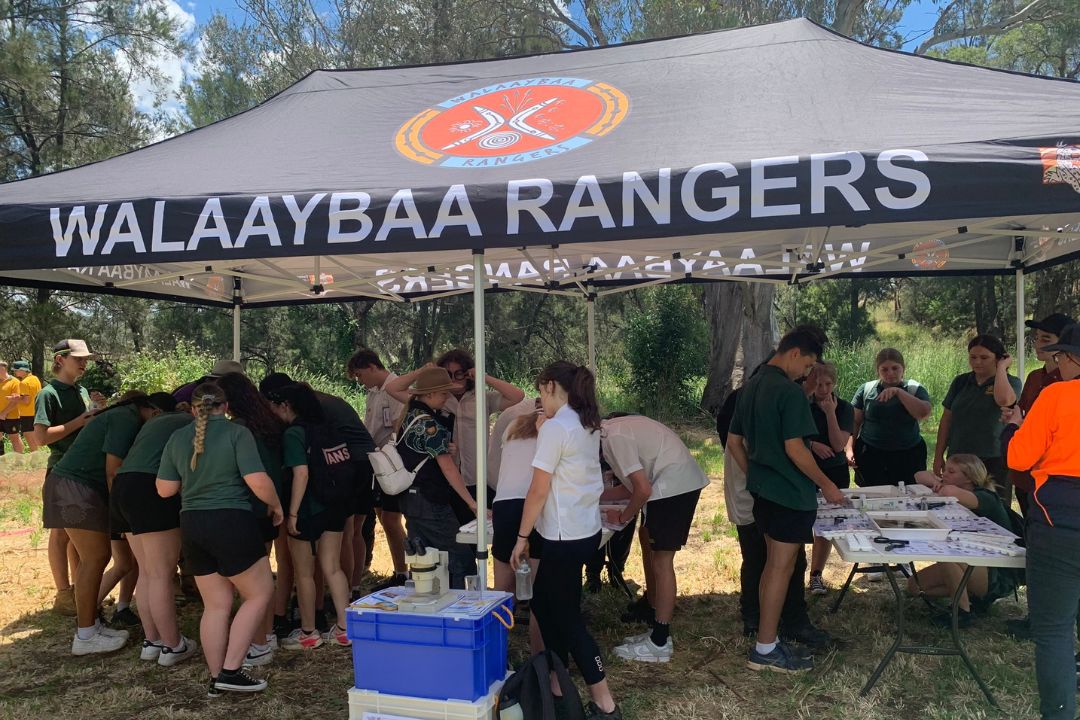
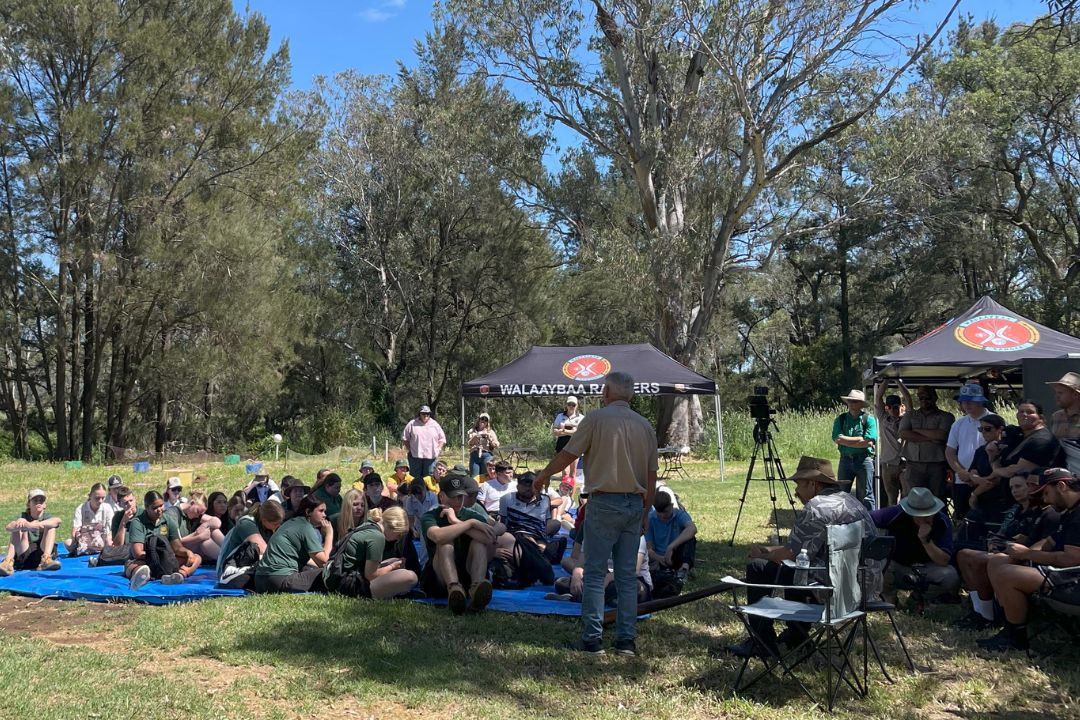
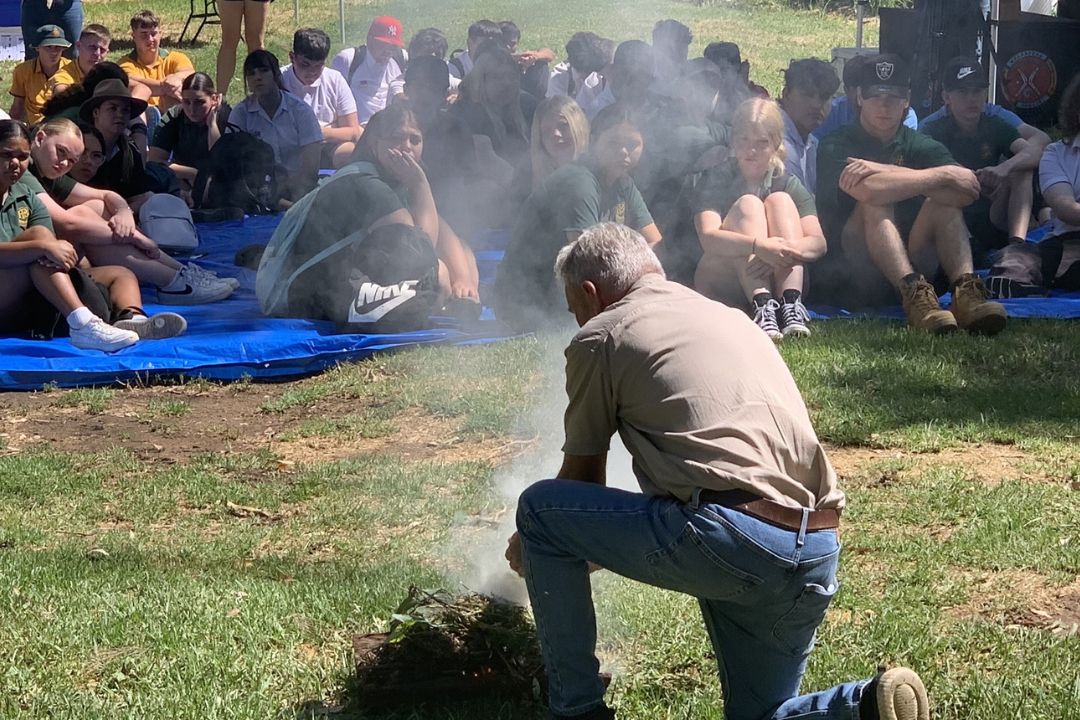
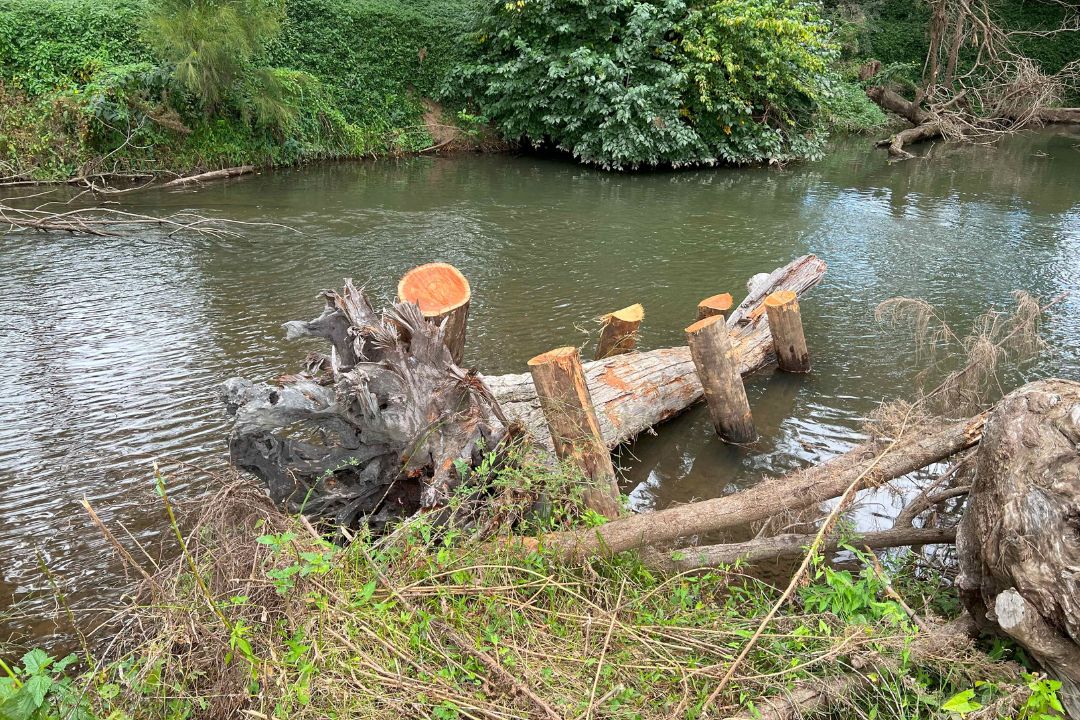

Related links
Published date: 22 November 2024
WaterNSW acknowledges the traditional custodians of the lands and waters on which we work and pay our respects to all elders past, present and emerging. Learn more
